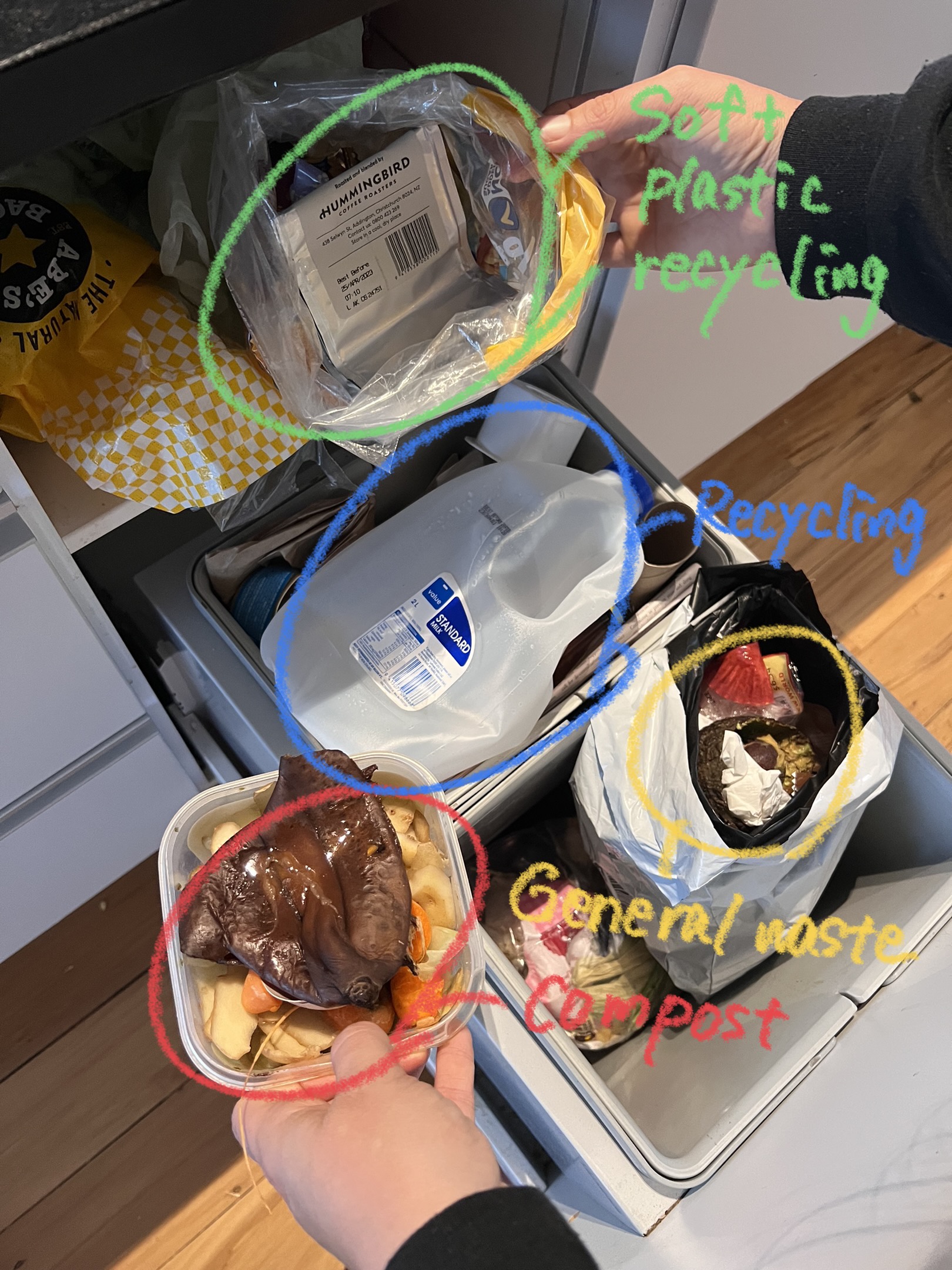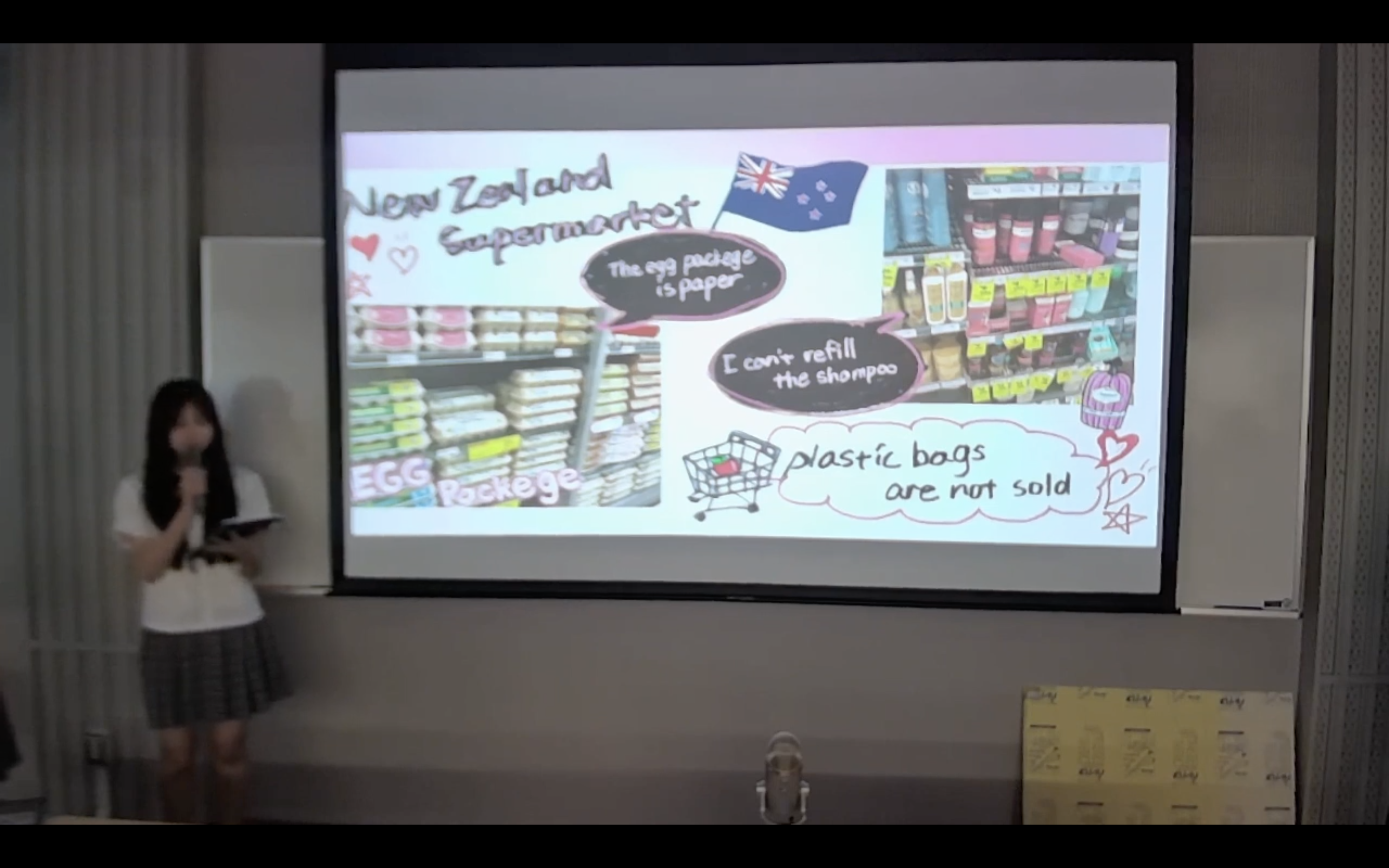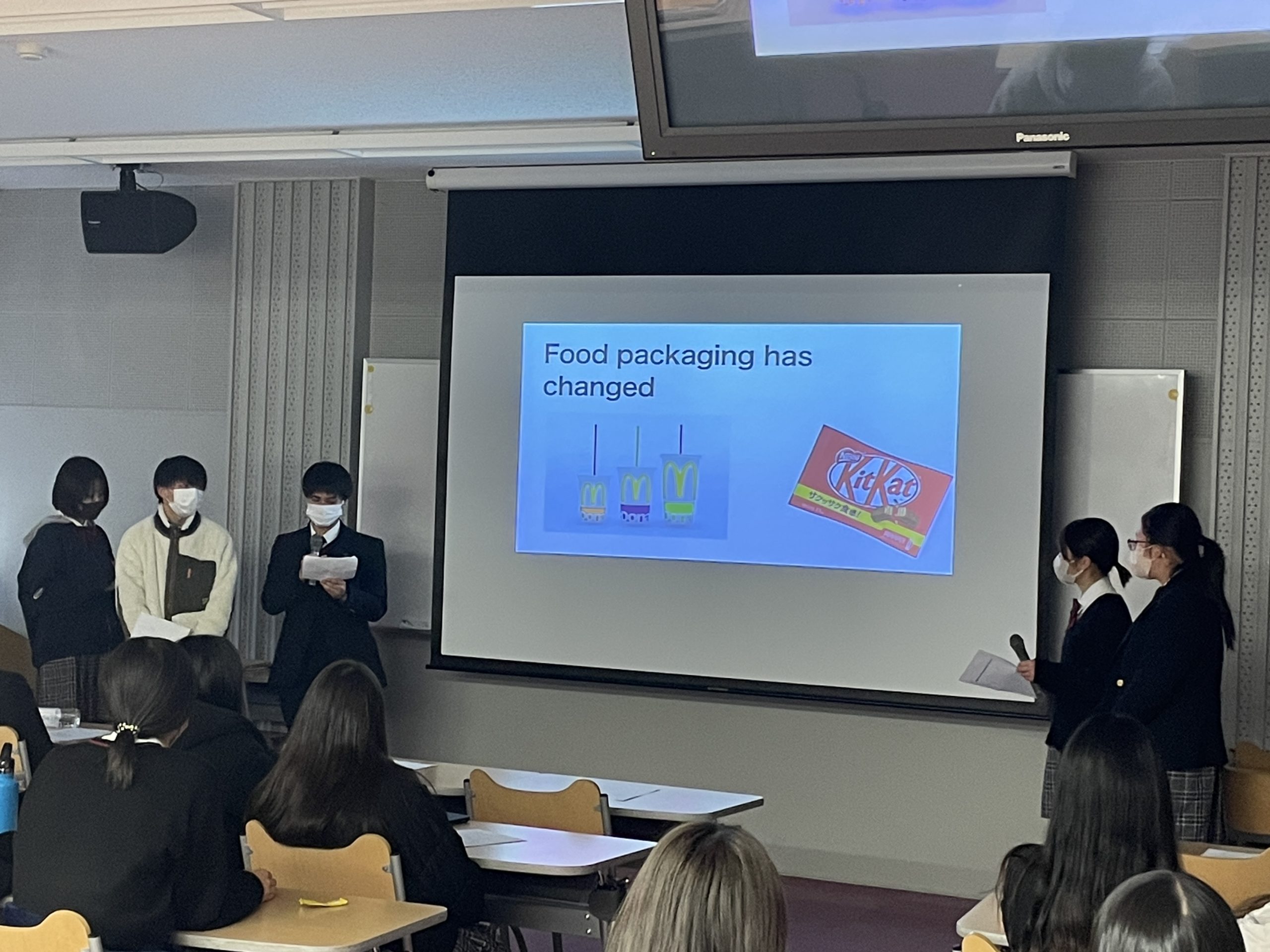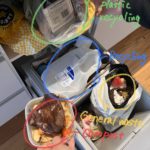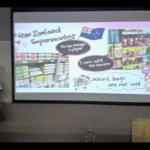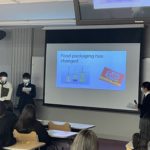Teacher: Edward Escobar

Edward Escobar
Edward is a content-based EFL high school teacher in Kyoto, working with students on ESD since 2014 when he assisted in preparing a group of students to represent Kyoto at a UN youth forum in Okayama, Japan. Since then he has worked with the organizing committee of the Kansai High School Model UN, preparing students to participate using English as a lingua franca on topics including the world refugee crisis in 2016, the impact of climate change on children in 2018, and the social impact of COVID-19 on Children in 2021. Edward currently chairs his school’s UNESCO School Promotion Committee.
Usefull links related to the Solution
Overview
Two classes (A & B) of a cohort at a high school in Kyoto, Japan participated in a number of scaffolded activities to raise awareness about different waste-management practices in various countries. Each class took turns presenting their findings to the other class over the course of three years, coming to conclusions on best practices based on their observations in their home country Japan, and surveys and observations conducted in New Zealand and Canada while on a short-term study abroad excursion. Students then used this information to participate in a Model United Nations conference focusing on waste management and consumption around the world.
Theory of Change
When a call-to-action is initiated, young people can easily and sometimes blindly rush into action without a full understanding of the entire picture in hand. This project champions the importance of research and observation for identifying current conditions and best practices. Therefore equipping students with the essential skills they need to navigate climate change issues.
Approach and Actions
Edward and his colleagues put in place the following programme.
Phase 1: Students in class A received special classes on plastic consumption in Japan by local university students. Students then collaborated in building and presenting their views on the issue to class B.
Phase 2: Students in class B used the information from class A to conduct surveys while on a study abroad excursion in New Zealand, collecting photos of waste management practices in a family home, at a school, at a supermarket, and at a park. Students then collaborated in building and presenting their findings while comparing practices between New Zealand and Japan, and also presented their opinion on the better practice to class A.
Phase 3: Students in class A used the information from class B to conduct surveys while on a study abroad excursion in Canada, collecting photos of waste management practices in a family home, at a school, at a supermarket, and at a park. Students then collaborated in building and presenting their findings while comparing practices between Canada and Japan, and also presented their opinion on the better practice to class B.
Phase 4: Both Class A and B participated in a Model United Nations conference focusing on waste management around the world, using their findings from the surveys and special classes to debate and discuss solutions to global waste management and consumption problems.
Impact
Through the programme students’ understanding of waste management and consumption in various countries increased, they became aware of new and different practices not found or practiced in their own country. The surveys presented an opportunity to motivate students towards larger projects or actions by influencing curiosity and challenging expectations. In the case of the students in Kyoto, they used the survey and presentation experiences as a stepping stone towards preparing and participating in a Model United Nations. Having information disseminated student-to-student instead of teacher-to-student represented a flipped classroom opportunity and kept the learning student-centred.
